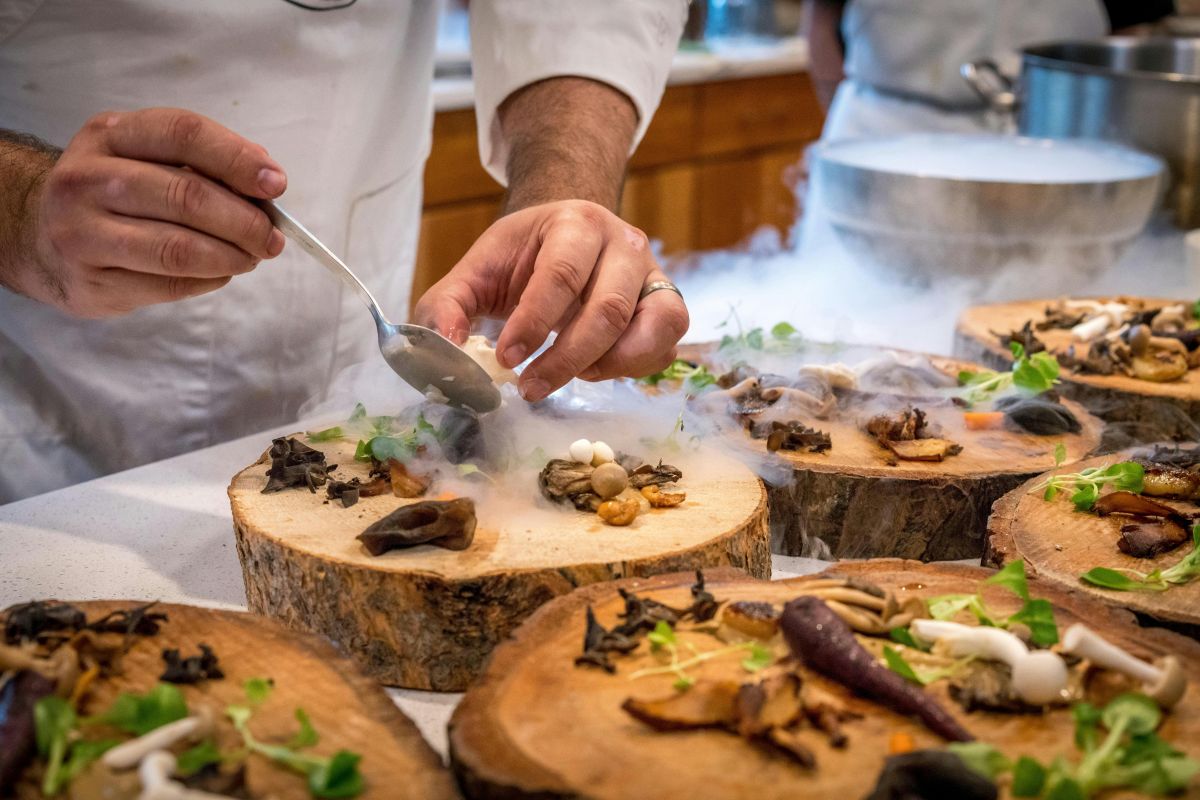What is a pop-up restaurant?

In today's culinary landscape, pop-up restaurants are becoming increasingly popular. These temporary establishments not only offer culinary diversity but also innovative concepts that delight both restaurateurs and guests. With their flexibility and creativity, they set new standards in the industry.
What are pop-up restaurants?
The term "pop-up" comes from English and means "to suddenly appear." Pop-up restaurants are temporary dining establishments that operate for a limited time in unusual locations – whether in vacant buildings, on rooftops, or in private homes. They provide a platform for culinary experiments and allow chefs to test new concepts without long-term commitments.
Pop-up restaurants are not a new phenomenon. Since the early 2000s, they have been gaining popularity because they resonate with our fast-paced, experience-oriented society. For guests, they mean culinary adventures beyond the mainstream – and for operators, a playground for concepts that wouldn’t find space elsewhere.
Advantages for Restaurateurs
Pop-up restaurants offer numerous advantages:
- Low financial risk. Without long-term leases or large investments, new ideas can be implemented cost-effectively.
- Market test. New dishes or concepts can be tested, and direct feedback can be obtained from guests.
- Flexibility. The temporary nature allows for quick responses to trends and the opportunity to try out different locations.
According to a study by Lightspeed, pop-up restaurants worldwide saw an 82% growth compared to the previous year, highlighting their increasing relevance in the hospitality industry.
For more information and inspiration about pop-up restaurants, you can explore various sections on menuweb.menu, which offers a wide selection of innovative culinary concepts and interesting gastronomy trends.
Challenges and disadvantages
Despite their advantages, operators of pop-up restaurants face certain challenges:
- Logistics. The constant change of location requires careful planning and organization.
- Legal requirements. Permits and regulations can vary depending on the location and must be observed.
- Limited resources. Often, only limited funds and equipment are available, making operations more difficult.
An example of an unexpected challenge: If an operator loses their key for the temporary kitchen, they must quickly contact a key service nearby to continue operations.

Pop-up restaurants as a marketing tool
Pop-up restaurants serve not only as a platform for culinary experiments but also as an effective marketing tool. Through their exclusivity and uniqueness, they generate attention and promote brand awareness. Established restaurants use pop-up concepts to reach new target audiences or to present seasonal offerings.
Scientific Perspective: Location Strategies of Pop-up Restaurants
A comprehensive study by the Humboldt University of Berlin and the Technical University of Berlin analyzes the location strategies of pop-up restaurants in the capital. The research shows that these temporary dining establishments pursue diverse goals – from economic aspects such as product and concept testing to social objectives like creating unique experiences, and personal motivations like professional self-fulfillment.
In doing so, pop-up restaurants utilize different location strategies to attract attention and create unique atmospheres. These trends reflect the increasing importance of experiences and attention in the modern economy.
The last ingredient: Why pop-up restaurants are shaping the future of gastronomy
Pop-up restaurants represent an innovative and flexible form of gastronomy that brings both opportunities and challenges. For restaurateurs, they offer the chance to test new concepts and express creativity, while guests can enjoy unique culinary experiences.